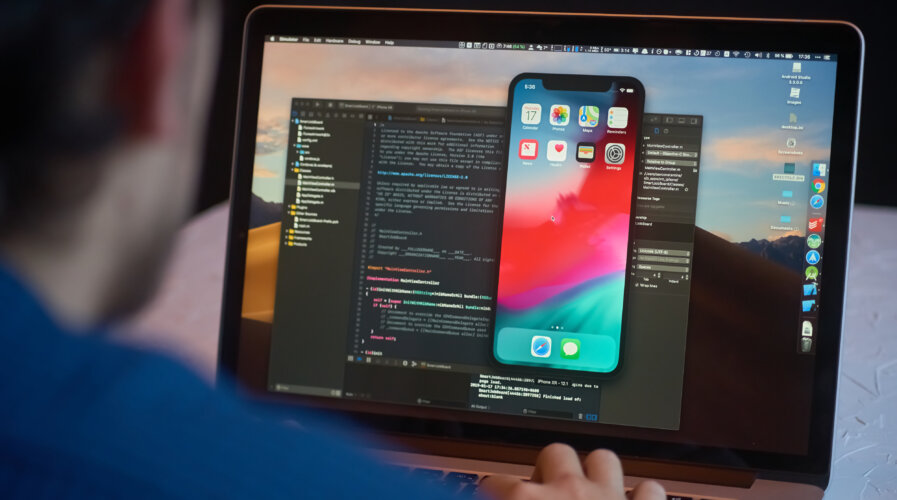
What is mobile device management in iOS, and why is it necessary for enterprises?Source: Shutterstock
What is mobile device management in iOS, and why is it necessary for enterprises?
|
Getting your Trinity Audio player ready... |
- Under Apple, the iOS, iPadOS, macOS, and tvOS have a built-in framework that supports mobile device management.
- Mobile device management capabilities include updating software and device settings, monitoring compliance with organizational policies, and remotely wiping or locking devices.
As pressure mounts for organizations worldwide to prioritize security, mobile device management, be it for iOS, Android, or Windows, is once again a hot topic. After all, mobile devices are invading every level of corporate society, making the need to manage and control them increasingly urgent remotely.
When it comes to devices with iOS, including Macs, iPads, and iPhones, they can all be managed in business and education environments via mobile device management. In fact, according to Apple, iOS, iPadOS, macOS, and even tvOS for AppleTV have a built-in framework that supports mobile device management.
To put things into context, mobile device management is a technology that allows organizations to remotely configure, monitor, and manage the device, applications, and data used by their employees. The idea is to help an organization ensure data security, enforce corporate policies, and streamline device deployment and management.
For devices running on iOS specifically, mobile device management lets organizations securely and wirelessly configure devices by sending profiles and commands, whether the user or organization owns them. Apple’s MDM capabilities include the following:
- Updating software and device settings.
- Monitoring compliance with organizational policies.
- Remotely wiping or locking devices.
“Users can enroll their own devices in MDM, and organization-owned devices can be enrolled in MDM automatically using Apple School Manager or Apple Business Manager. If you’re using Apple Business Essentials, you can also use the device management built right in,” Apple said on its website.
The specific Apple devices with a built-in framework that supports mobile device management include:
- iPhone with iOS 4 or later
- iPad with iOS 4.3 or later or iPadOS 13.1 or later
- Mac computers with OS X 10.7 or later
- Apple TV with tvOS 9 or later
What sets mobile device management for iOS apart from the rest?
Due to the unique features and capabilities offered by the iOS operating system, mobile device management by Apple often stands out from the rest. For starters, mobile device management for iOS is built directly into the operating system, which means that it offers higher security, control, and manageability than third-party solutions.
Apple’s mobile device management framework provides a rich set of APIs that allow providers to manage every aspect of the device, including apps, settings, and data, without compromising the security or user experience of the device. To top it off, iOS is known for its robust security features, including hardware-based encryption, sandboxing, and a secure boot process.
It also extends these security features by enabling organizations to enforce strict security policies, such as password requirements, data-at-rest encryption, and remote wipes of devices in case of loss or theft. In terms of application management, Apple’s MDM allows organizations to manage apps on their employees’ devices in a granular way, such as installing, updating, and removing apps remotely, restricting access to certain apps, and enabling or disabling app features based on corporate policies.
iOS also offers a streamlined device enrollment process that allows organizations to quickly and easily configure devices with the necessary settings, policies, and apps. Additionally, it will enable organizations to configure devices over the air (OTA), meaning they can change the devices without requiring physical access.
READ MORE
- Safer Automation: How Sophic and Firmus Succeeded in Malaysia with MDEC’s Support
- Privilege granted, not gained: Intelligent authorization for enhanced infrastructure productivity
- Low-Code produces the Proof-of-Possibilities
- New Wearables Enable Staff to Work Faster and Safer
- Experts weigh in on Oracle’s departure from adland


